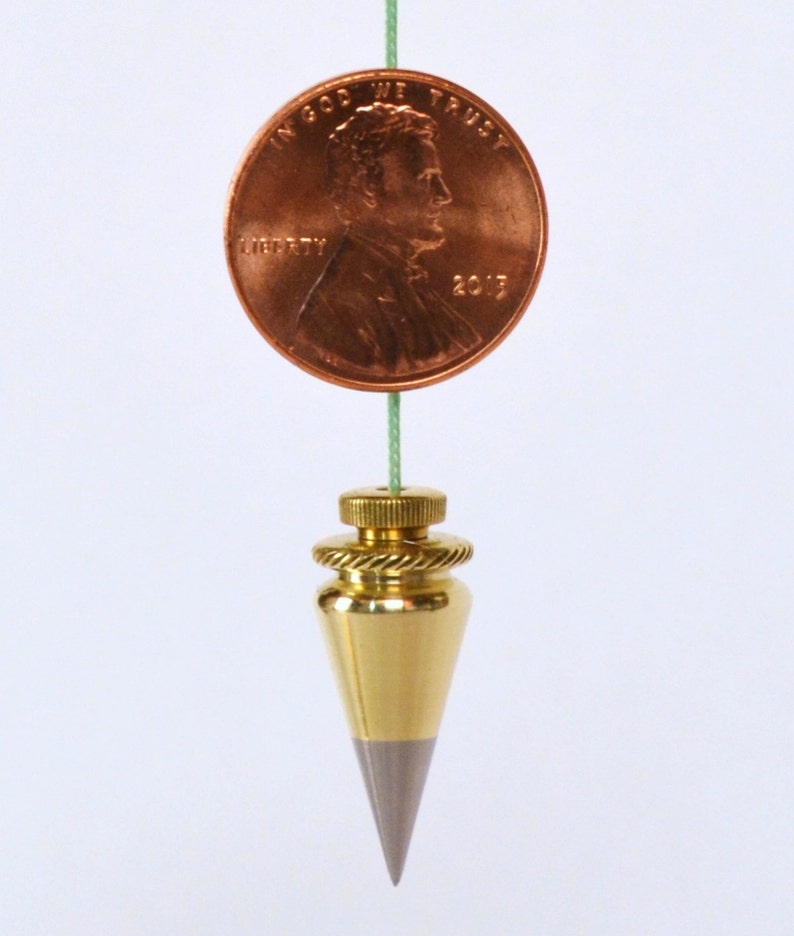


White is very popular, but I like yellow for its high visibility. Green is hard to spot in a background of grass or shrubs, but it is the best color if you’ve got fishing on your mind. Nylon string comes in three colors: white, yellow and green. One kind of braided string is even heat set for minimum stretch. It costs about twice as much, but it stretches less. It will stretch up to 8% of its length, and return to normal when released.īraided nylon twine is a favorite with masons, because it’s more durable and easier to work with than twisted line. roll, and is adequate for laying out foundations and lining walls. The twisted version of either of these sizes of nylon line is pretty inexpensive, costing around $3 for a 350-ft. in diameter, and has a breaking strength of 120 lb. In carpentry and masonry, you’ll be fine with one of two sizes: #15, which measures a skinny 1/16 in. Nylon twine is either twisted or braided, and comes in twenty-some sizes ranging from a thin #3 to a thick #120. Nylon string is also elastic, which is an advantage in stringing a line because you can get it very taut. Nylon, on the other hand, doesn’t absorb water readily and is alkali resistant. Cotton fibers stretch very little, but they rot and mildew around water and cement products, and are easily abraded.

The fibers are drawn into slivers, counted, and spun into threads that are twisted or braided.Ĭoarse cotton line is ideal for chalk boxes and will do for a plumb bob. Twine is made from natural hard-leaf fibers such as sisal and manila, or from cotton or synthetic fibers like nylon, Dacron and polypropylene. String, or twine, is thicker than thread and thinner than cord. And if things aren’t going well, you can always use the first 100 feet or so to go fishing. String can be used for many things: to plumb and level your work, to define points in midair, to tell you what’s straight and what isn’t, to establish grades, to align walls and floors, to make a circle or project its center up or down in space, and to mark your work for cutting or assembly. But for long spans, a length of string, whether it is stretched between two nails, suspended by a weight on a plumb line, or coated with chalk and snapped against something, is indispensable. Levels and straightedges are good for short lines. But this whole process relies on establishing straight lines with the right relationship to each other, and keeping them that way as you fill in the outline. A plumb bob is a taken a stab at pointing weight attached as far as possible of the rope or string, which is utilized to find a vertical line of reference. Points are established by measuring, these are connected to form lines, the lines are grouped to form planes, and these planes join to form a solid.
#Plumb bob string plus#
Good basic information, plus a few diagrams of useful knots like the clove hitch, twist knot, and bowline - all the ones that are easy to forget.īuilding, it will surprise no one, is based on geometry and trigonometry. Always remember that the tension force always acts in the upward direction along the string.Synopsis: An annotated tricks-of-the-trade for working with these very simple but effective layout tools. In such a case, if we miss out even one of the forces, then it will produce irrelevant results. Note: In order to solve problems in mechanics, we must always resolve all the forces which are actually acting on the objects. The acceleration of the train is half of the acceleration due to gravity i.e. The train is moving on an inclined track, whose inclination is \. Step by step answer: In the given question, we are supplied with the following data:Ī plumb bob is hung from the ceiling of the train compartment. We will manipulate accordingly and obtain the result. Then we will equate the forces along the horizontal and the vertical direction.
#Plumb bob string free#
Hint: First of all, we will draw the free body diagram of the arrangement as mentioned in the question.


 0 kommentar(er)
0 kommentar(er)
